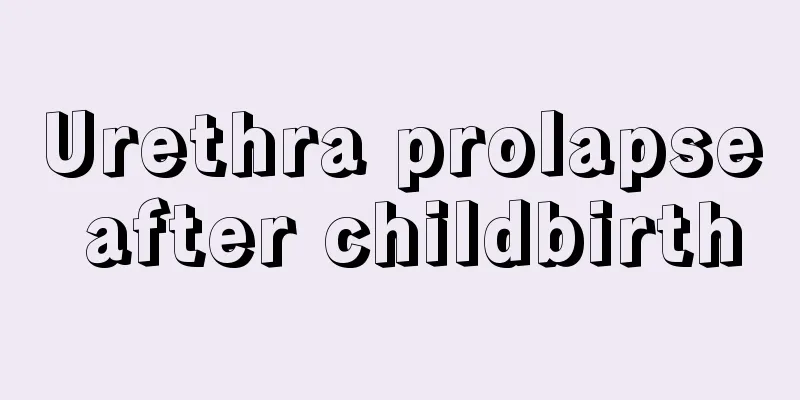[Medical Q&A] What kind of thyroid nodules have the risk of malignancy?
![[Medical Q&A] What kind of thyroid nodules have the risk of malignancy?](/upload/images/67f0e83d438c6.webp)
|
Author: Yang Xiaorong Shanghai Pudong New Area Zhoupu Hospital Reviewer: Zhang Jinan, Chief Physician, Zhoupu Hospital, Pudong New Area, Shanghai When the ultrasound report contains the following descriptions of thyroid nodules, the risk of suspected malignancy is 70% to 90%, which should be taken seriously: (1) Solid hypoechoic or cystic-solid nodules in which the solid component is hypoechoic. (2) Simultaneous presence of one or more of the following ultrasound features: ① irregular margins (infiltrative, small lobes, or spiculated); ② microcalcifications; ③ aspect ratio > 1; ④ interrupted calcification at the margins, with low echoes protruding outside the calcifications; and ⑤ invasion of the thyroid capsule. If the above description is present, the thyroid nodule is generally considered to be malignant. At this time, the ultrasound physician will recommend that the patient complete a thyroid fine needle biopsy to further clarify the diagnosis. Ultrasound-guided thyroid fine needle aspiration biopsy is a minimally invasive procedure that involves extracting a small amount of tissue from a thyroid nodule through a fine needle. Anesthetic drugs are used during the procedure, and the patient feels almost no pain. It is the most sensitive and specific method for preoperative diagnosis of thyroid cancer. If the result is benign, surgery is not necessary; if the result indicates malignancy, it can help the clinician develop an appropriate surgical plan. A fine needle aspiration biopsy of the thyroid gland may be necessary in the following situations: (1) Thyroid nodules with a diameter of less than 5 mm, when ultrasound indicates "high-risk thyroid lesions with the presence of pathological lymph nodes or growth outside the thyroid gland". When the diameter of the thyroid nodule is greater than 10 mm and the clinical manifestations cannot be determined as a benign lesion. Nodules with a diameter ≥ 20 mm show spongiosis, homogeneous high-intensity echoes, or a cystic nodule area of > 50%, or are progressively enlarged. Patients with a history of thyroid cancer or family history, or with suspicious clinical and imaging manifestations. If a biopsy confirms a diagnosis of thyroid cancer, further treatment may be needed. |
<<: Are you experiencing back pain? Can traction relieve back pain?
>>: [Medical Q&A] Does hemangioma require treatment?
Recommend
Causes of brown vaginal discharge after 40 days of amenorrhea
Women in menopause will experience amenorrhea, bu...
My child doesn’t eat sweets and started brushing his teeth at a very young age, so why does he still have cavities?
This is the 3901th article of Da Yi Xiao Hu The m...
Grading of breast hyperplasia
When women develop breast hyperplasia, they must ...
What is the cause of heavy bleeding after medical abortion?
When the organs of the body are fully developed, ...
Is it better to take Chinese medicine or Western medicine for irregular menstruation?
As women in modern society continue to work hard ...
How can girls reduce back fat in daily life?
Nowadays, most female friends have entered a stag...
The fastest way for girls to enlarge their breasts is these four
How to enlarge breasts has always been a topic of...
Can pregnancy be detected after 6 days of intercourse?
I couldn't have children before because of wo...
What kind of tofu is best for fermented tofu? Is it better to use old tofu or soft tofu to make fermented tofu?
We all know that fermented tofu is a delicacy mad...
How to improve the accuracy of early pregnancy test strips?
For families who are looking forward to the arriv...
How to treat vulvar leukoplakia
Vulvar leukoplakia is a gynecological disease. Th...
What is the cause of vaginal bleeding in women?
We know that women usually experience vaginal ble...
The harm of washing Yin and Yang water during confinement
You cannot take a bath with hot water during the ...
The dangers of anteversion of the uterus
The position of the uterus is an issue that many ...
How do I view the relationship between colleagues? What should I do if I have sex with my colleague today and go home?
There are many colleagues who have feelings for e...









